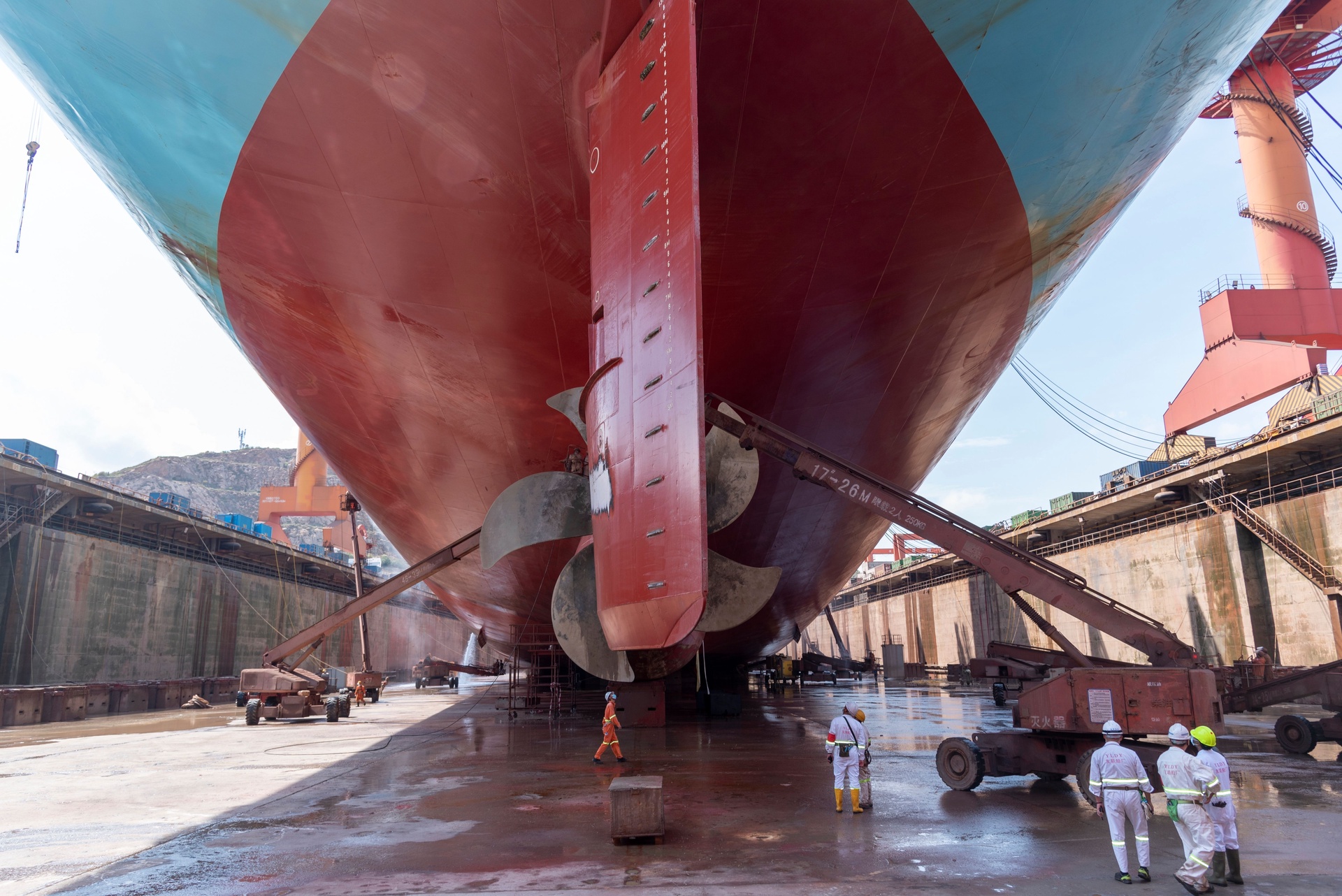YOKOHAMA – The Asian Infrastructure Investment Bank (AIIB) president, Jin Liqun, has stressed that his institution has a role to play in global infrastructure independent of the One Belt, One Road Initiative, despite some perceptions that the bank was created to support OBOR.
Appearing on a panel discussion at the Asian Development Bank Annual Meeting in Yokohama, Jin noted that OBOR was an initiative of President Xi Jinping, and has a different focus from that of the AIIB.
“They are not the same thing – I highlight this point,” he told the audience. He was keen to note that the AIIB is working closely with institutions such as the ADB, with the emphasis on cooperation rather than competition.
The ADB is currently celebrating its fiftieth year in operation, and extended a record US$31.5 billion in new loans in 2016. The AIIB only began operations in early 2016, and has so far lent around US$2 billion but that figure is expected to grow rapidly. Analysts predict future tension between the competing interests of the AIIB and the ADB. The ADB has traditionally been dominated by Japan.
At a press conference in Yokohama, ADB President Takehiko Nakao also spoke about the close cooperation with the AIIB, and said that the vast infrastructure requirements across Asia will necessitate working together. In May 2016, the ADB and AIIB signed a memorandum of understanding on the sidelines of the ADB’s 49th Annual Meeting held in Frankfurt, setting the stage for co-financed projects.
In March 2017 the two signed a co-financing agreement for the Batumi Bypass road project in Georgia. According to the ADB project report, it involves the construction of a new 16.2km dual-lane bypass road skirting Batumi, as well as contracts for the maintenance of about 200km of international roads. Batumi is a major port city in southwest Georgia, bordered by the Black Sea to the west and Turkey to the south.
The existing main road connecting Sarpi, located at the border with Turkey, to Poti, a major port at the Black Sea, is a key transit route along the coastline of the Black Sea for heavy goods and passenger traffic from Turkey to Tbilisi, and then onto Azerbaijan and the Caspian Sea.
On March 29 the ADB announced that it had approved the proposed US$114 million loan, and said that it also expected to manage and administer up to US$114 million in additional financing for the project provided by the AIIB. This is the first ADB project to be co-financed with another development partner in Georgia, and the third project to be co-financed by the ADB and AIIB.
The project will construct a new 14.3km bypass road skirting the port city of Batumi, Georgia’s second largest city, and a crucial entry-exit point for the East-West Highway.
“Georgia is well poised to become a stronger transport and logistics hub for the Caucasus region – something that could help propel the country’s growth and development,” said Yesim Elhan-Kayalar, ADB country director in Georgia. “ADB is committed to playing a seminal role in improving the country’s transport connectivity and the sustainability of its road network through this project.”
The Government of Georgia has ambitions to make Georgia the preferred gateway for businesses working between Asia and Europe.
The latest climate-adjusted estimate from the ADB is that developing Asia will need to invest US$26 trillion from 2016 to 2030, or US$1.7 trillion per year, if the region is to maintain its growth momentum, eradicate poverty, and respond to climate change.
Without climate change mitigation and adaptation costs, the baseline estimate is US$22.6 trillion, or US$1.5 trillion per year.
Of the total climate-adjusted investment needs over 2016–2030, US$14.7 trillion is needed for power and US$8.4 trillion for transport. Telecommunications require US$2.3 trillion, and water and sanitation US$800 billion.
East Asia will account for 61% of climate-adjusted investment needs through 2030. As a percentage of gross domestic product (GDP), however, the Pacific leads all other sub-regions, requiring investments valued at 9.1% of GDP. This is followed by South Asia at 8.8%, Central Asia at 7.8%, Southeast Asia at 5.7%, and East Asia at 5.2% of GDP. The US$1.7 trillion annual estimate is for all 45 ADB member countries in developing Asia.
Photo: AIIB headquarters in Beijing. Credit: humphery / Shutterstock.com








